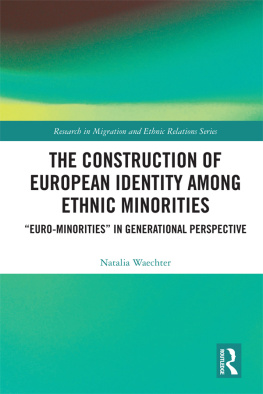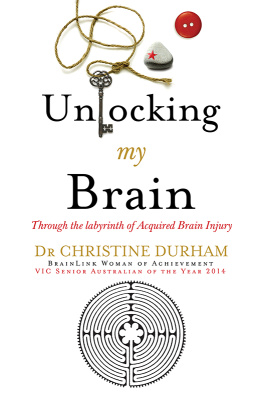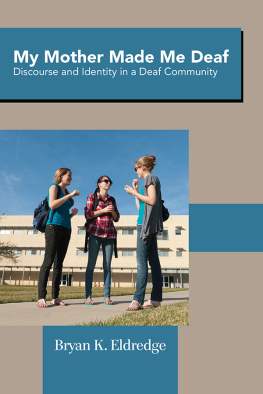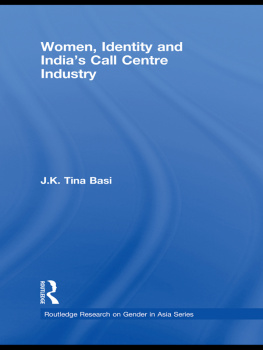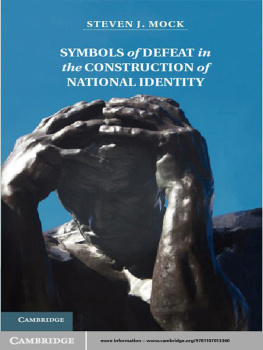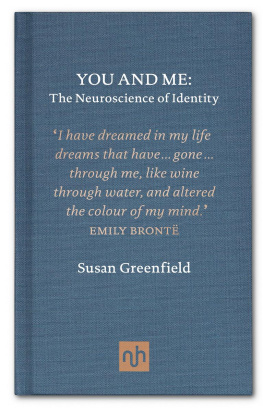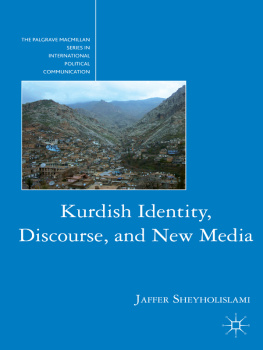
Identity (Re)constructions After Brain Injury
Identity (Re)constructions After Brain Injury: Personal and Family Identity investigates how being diagnosed with acquired brain injury (ABI) impacts identity (re)construction in both adults with ABI and their close relatives.
To show how being diagnosed with ABI impacts identity (re)construction, this book investigates key patterns of identity construction. Discourse analysis, especially on the concept of positioning, provides an understanding of the changes and developmental processes in these self-narratives. These narrative (re)constructions point to a developmental change of identity in the course of the different phases of the recovery process for both persons with ABI and their relatives, including conflicting voices from society, service providers, relatives, and other adults with ABI. In addition, the (re)construction process is characterized by much ambivalence in both ABI survivors and relatives.
Three perspectives are triangulated: (1) an insider perspective from ABI survivors; (2) an insider perspective from relatives; and (3) an outsider perspective from the researchers. This allows us to see how identities are negotiated and constructed in concrete situations. This innovative book will be required reading for all students and academics working in the fields of disability studies, rehabilitation psychology, sociology, allied health, and social care.
Chalotte Glintborg, Ph.D. in psychology, is a scientist from Aalborg University who specialises in rehabilitation psychology. Her research has centred on exploring first person perspectives on the emotional consequences of living with disabilities, including identity problems, distress, shame, and depression.
Interdisciplinary Disability Studies
Series editor: Mark Sherry, The University of Toledo, USA
Disability studies has made great strides in exploring power and the body. This series extends the interdisciplinary dialogue between disability studies and other fields by asking how disability studies can influence a particular field. It will show how a deep engagement with disability studies changes our understanding of the following fields: sociology, literary studies, gender studies, bioethics, social work, law, education, or history. This ground-breaking series identifies both the practical and theoretical implications of such an interdisciplinary dialogue and challenges people in disability studies as well as other disciplinary fields to critically reflect on their professional praxis in terms of theory, practice, and methods.
Manifestos for the Future of Critical Disability Studies
Volume 1
Edited by Katie Ellis, Rosemarie Garland-Thomson, Mike Kent and Rachel Robertson
Interdisciplinary Approaches to Disability
Volume 2
Edited by Katie Ellis, Rosemarie Garland-Thomson, Mike Kent and Rachel Robertson
Disability and Social Representations Theory
The Case of Hearing Loss
Vinaya Manchaiah, Berth Danermark, Per Germundsson and Pierre Ratiaud
Identity (Re)constructions After Brain Injury
Personal and Family Identity
Chalotte Glintborg
Global Perspectives on Disability Activism and Advocacy
Our Way
Edited by Karen Soldatic and Kelley Johnson
For a full list of titles in this series, please visit www.routledge.com/series/ASHSER1401
First published 2019
by Routledge
2 Park Square, Milton Park, Abingdon, Oxon OX14 4RN
and by Routledge
52 Vanderbilt Avenue, New York, NY 10017
Routledge is an imprint of the Taylor & Francis Group, an informa business
2019 Chalotte Glintborg
The right of Chalotte Glintborg to be identified as author of this work has been asserted by her in accordance with sections 77 and 78 of the Copyright, Designs and Patents Act 1988.
All rights reserved. No part of this book may be reprinted or reproduced or utilised in any form or by any electronic, mechanical, or other means, now known or hereafter invented, including photocopying and recording, or in any information storage or retrieval system, without permission in writing from the publishers.
Trademark notice: Product or corporate names may be trademarks or registered trademarks, and are used only for identification and explanation without intent to infringe.
British Library Cataloguing in Publication Data
A catalogue record for this book is available from the British Library
Library of Congress Cataloging-in-Publication Data
A catalog record has been requested for this book
ISBN: 978-0-8153-9554-6 (hbk)
ISBN: 978-1-351-18378-9 (ebk)
Co-authors for Chapter 11
Hana Mal Rytter, Ph.D. is Associate Professor in Neuropsychology at the Department of Psychology, University of Copenhagen, Denmark and at the Department of Neurology, Copenhagen University Hospital, Bispebjerg-Frederiksberg, Denmark, where she also serves a clinical role. Her research topics include approaches to improve the recovery of cognitive function after brain injury, brain plasticity, and rehabilitative environment.
Camilla Jrgensen is a clinical psychologist at the Center for Developmental and Applied Psychological Science, Department of Communication and Psychology, Aalborg University, Denmark. Her clinical work is in the field of supporting families who have a child with a disability.
Maria Natalie Ramskov Thomassen, is a clinical psychologist at the Center for Developmental and Applied Psychological Science, Department of Communication and Psychology, Aalborg University, Denmark. Her clinical work is in the field of supporting clients with disabilities to return to work.
Lillian wakes up at the neurorehabilitation center (NRC) after two weeks in a coma. She describes herself as being super happy to be alive and she is happy to see Lars (her husband) again. It is like we are falling in love all over again, she says. However, Lillian is told by a neuropsychologist that she seems almost artificially happy, and it is noted in her journal that they [the professionals] must be aware of behavioral changes. Lillian is amazed by this description in the journal, since she really felt happy to be alive at this point.
Lillian is discharged to another NRC. Lillian sticks to her professional identity and thinks that she has to continue her rehabilitation at work, but it does not turn out this way. At the NRC, a physiotherapist draws a staircase for Lillian with the developmental steps that could occur in her rehabilitation process. This staircase has been very helpful and illustrative to me, she says. Lillian also mentions that she came to the NRC in a wheelchair, but walked when she was discharged.
Lillian is discharged to her private home. Lillian describes the following period as turbulent, and she finds it difficult to accept the new me, as she calls it. Not until this summer [five years post-injury] has the new Lillian landed, she says. It has taken me a long time to find ease with the new me, but Im finding ease with her now. Lillian talks a lot about identity and says: Im still working with the new Lillian Im not done discovering her


